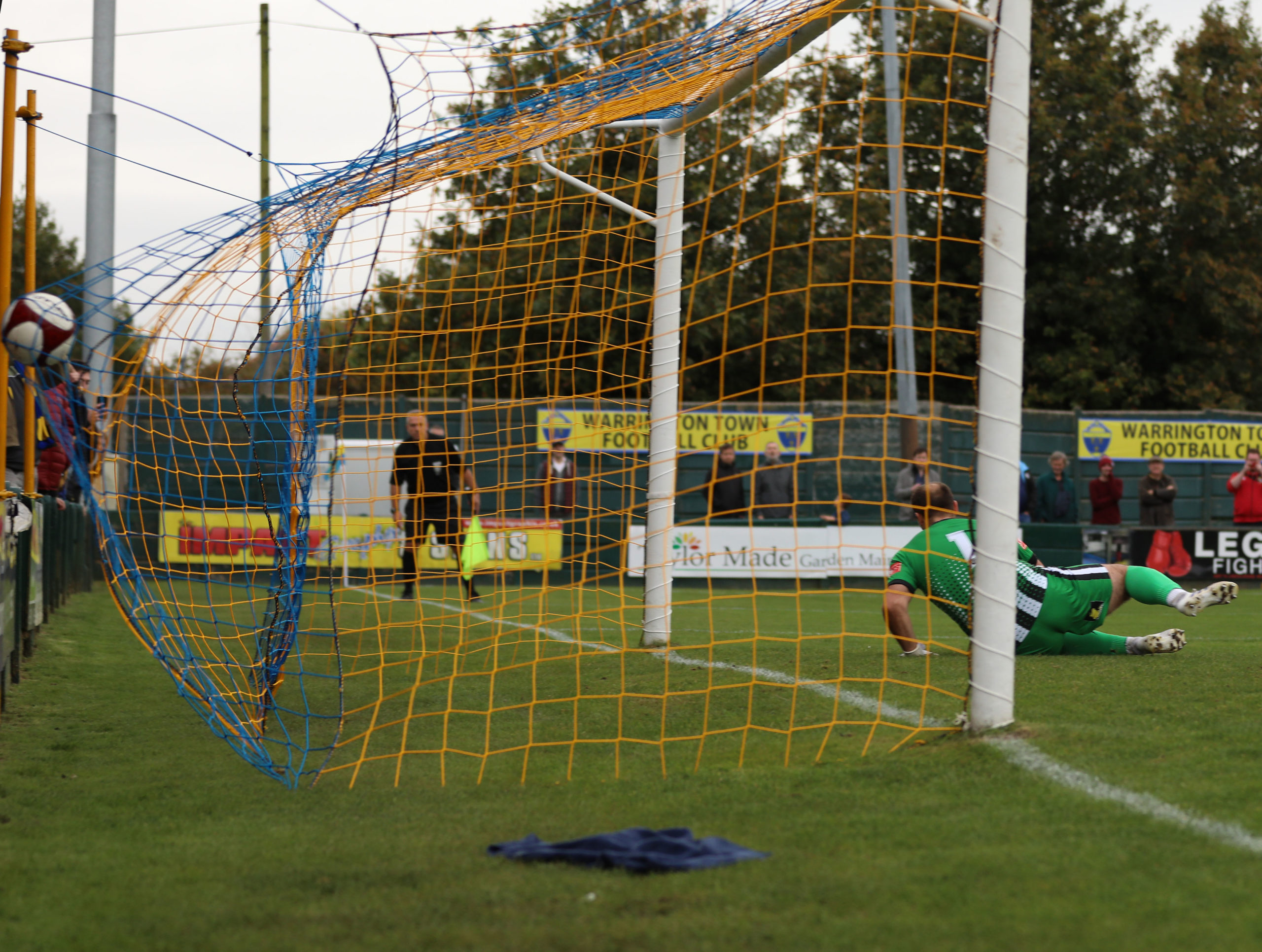
How could financial trends in English Football affect clubs?
Throughout football’s history, there has been a strong grassroots element to it. This has the benefit of providing opportunities for up and coming talent to get much needed competitive experience and exposure to scouts for larger clubs.
Until the 20th century, when the sport began a process of commercialisation, clubs were a representation of local talent and were sometimes even associated with workplaces or social clubs.
On the lower levels of the English football pyramid, this is still the case. Several of Warrington Town’s rivals, including Atherton Collieries and Nantwich Town (The Dabbers), still have references to major industries in their names.
For clubs like Warrington Town, there is a huge community element to the game. Heading to a match with friends and other supporters, being part of a larger cause, and sharing in the triumphs and tribulations is a huge part of life.
It’s facilities, likes its 3G training pitch and sports camps, make a positive contribution to the local community.
Not All As Strong
However, many other clubs in the country aren’t in the same position as Warrington Town and have been (or still are) struggling financially.
In 2019, Bury Football Club was expelled from the EFL after getting into financial difficulty. While supporters are trying to revive the club to maintain its role in the community, it currently exists with no manager or players.
In April 2020, the BBC reported that “clubs at every level are at risk” from financial difficulties, particularly the lower league teams who have fewer sources of income and are therefore exposed to greater risk from one drying up.
Details of semi-professional clubs that are struggling are hard to come by, but the Daily Mail published a list of five EFL clubs that are in “grave danger” of not surviving to the end of this season. These clubs include Charlton, Wigan and Oldham.
Wealth Gap
Over the past few decades, a wealth gap has been building in English football as clubs in the Premier League have accumulated huge sums of money through lucrative TV rights deals and sponsorship contracts.
Each club in the Premier League receives around £150 million per year for its share of TV revenue, while the bigger clubs, like Manchester United, can command as much as £70 million per year from sponsorship deals.
In recent years, sponsorship deals with sports betting clubs have become commonplace across the sport as bookmakers look to increase brand recognition to complement their existing free bet promotions and other advertising activities. Almost all Premier League clubs now have a deal with at least one iGaming company or bookmaker.
In its latest analysis, UEFA calculated that the revenues for 20 clubs in the Premier League during the 2017-18 season were higher than the 617 clubs in 50 European leagues (excluding the biggest four).
Innovating to Survive
To overcome the financial pressures, many lower-league clubs are innovating to create additional revenue streams.
Arranging friendlies with bigger clubs, sharing their ground with reserve teams and selling/loaning the best players to wealthier sides can all be a boost to revenue. As can renting out facilities at the club for hospitality purposes, either for businesses looking to hold meetings or private functions like weddings and parties.
More recently, streaming services have become a popular option to clubs who can charge fans to watch games live (where rights agreements allow).
Project Big Picture
Despite this innovation, many clubs are still in need of more cash. In October 2020, leading clubs in the Premier League published proposals called “Project Big Picture” that would completely change the shape of football in England.
While the plans have now been unanimously rejected, they would have seen the Premier League reduced from 20 clubs to 18. Additional payments would have been made to the EFL and the FA, and the Community Shield would have been scrapped.
The plans would have also resulted in the biggest clubs getting more voting rights than those that hadn’t been in the Premier League as long.
In their original guise, it’s unclear how these would have changed the conditions for clubs like Warrington Town since no options for boosting semi-professional football were announced.
This is despite revenues remaining relatively consistent at most levels outside of the Premier League.
Streaming Services?
Video streaming has become all the rage in recent years, posing a genuine challenge to the dominance of Sky, Virgin, and BT. In certain circumstances, streaming services are significantly cheaper than a satellite or cable TV package and could allow funds to go directly from players to clubs.
The Premier League is reportedly investigating the possibility of launching its own “Premflix” streaming service that would cut out the need for broadcasters like Sky and see fans pay the league directly for the ability to watch its games.
The EFL has already launched a service known as iFollow, allowing fans to watch games live with full commentary from a smartphone, tablet or computer. It’s service costs around £10 per match, with the funds going directly to the club rather than the league.
The Northern Premier League has also begun a similar scheme. Ahead of the 2020/21 season, it announced a deal with FilmMyMatch, a company that specialises in filming and streaming games over the internet.
The company charges as little as £120 per hour, though the deal with the Northern Premier League could see big discounts offered to clubs like Warrington Town.
In the coming years, such services could make games more accessible to fans who aren’t able to attend in person. Though it could have a knock-on effect on match attendance which would need to be considered.
In Conclusion
Wealth in English football is concentrated at the top, with the Premier League being wealthier than the rest of the country’s clubs, combined.
While the gap between Premier League clubs and the EFL is huge, the difference is infinitely bigger when comparing clubs in leagues like the Northern Premier League.
Although there are no concrete plans as yet, there does appear to be an appetite to change this and have more of the revenues trickle down the pyramid. It’s not clear whether it will reach as far as regional leagues, how much the money could be, or when it could happen.
Therefore, clubs need to continue to innovate, finding additional sources of income, and consider launching online streaming for their games to reach a wider audience.



















